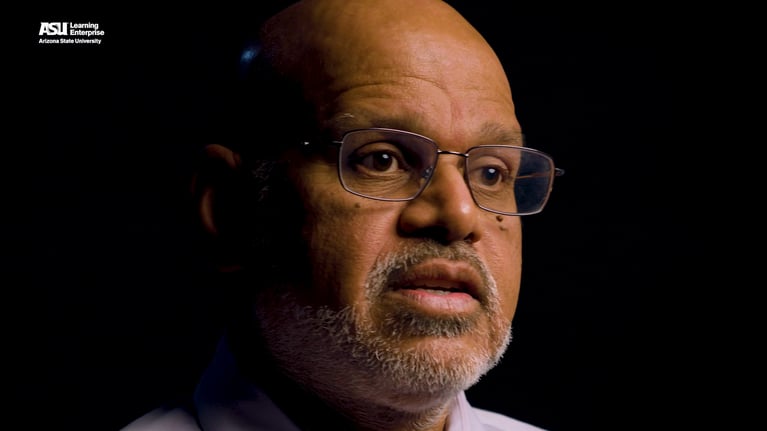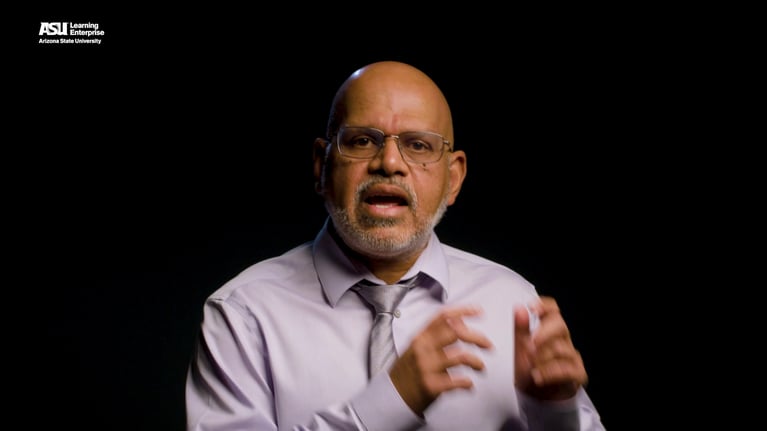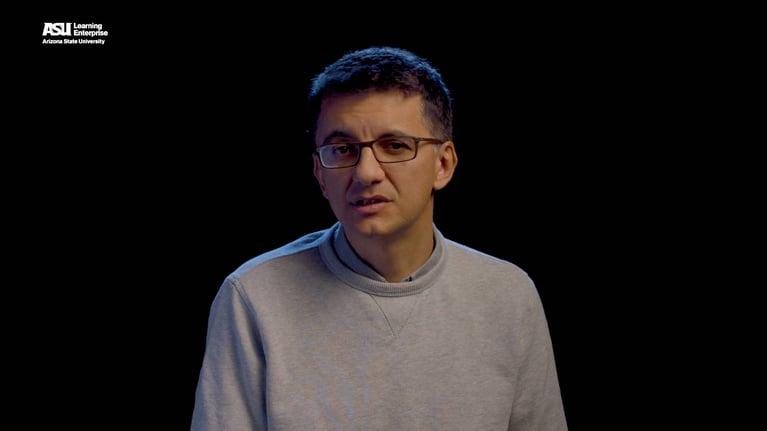Artists approach risk and failure differently. They see failure as a step towards creating something new, and risk as a companion to creation. The creative process involves a series of experiments, taking risks, learning from failures, and refining ideas. This process is embraced by many successful creators, such as Albert Einstein, Toni Morrison, and Thomas Edison. They saw failure as a success in progress, a source of information, and a way to find what works. By viewing risk and failure as lessons or even friends, we can foster innovation and creativity.
The creative process is a series of experiments to try what hasn’t been tried before, to produce results that are currently unknown. You start with what you have – resources, materials, your personal skill sets, your network – then put them together, see what works and what doesn’t, before reflecting on the process and starting again to continue to refine the idea.
The creative process is a cycle of taking risks, watching things fail, learning from what happened, and trying again. It is about following an unknown path to try lots of approaches that eventually result in a product that may hang on a gallery wall or be presented on a stage.
Yet the process of creation is also an artwork. It is the messy space of experimentation where the big ideas come together, risks are taken, lessons are learned. Preeminent inventor Albert Einstein thrived in this process. He wildly embraced taking risks and the failures that were guaranteed to come with those risks. He said that “failure is a success in progress” – seeing the process of creation as essential to eventually creating something successful.
To famed novelist Toni Morrison, failure was just information to learn from and revise in the development of her writing. She wouldn’t get unnerved or ashamed, she understood that failing and learning was her process. Morrison’s embrace of taking risks and revising failures into final novels led her to write The Bluest Eye, Song of Solomon, and other books.
To Morrison, failure is the process, and being able to recognize it and not judge yourself or the work but to continue to pivot and revise was crucial. She advises us to think of the creative process “simply as information”; to learn from the information gained through risks in order to get “closer to success”.
She recognized when something was off in her draft, and paused to look at the text again with her editorial eye. She next revised the text and turned it around into something that worked better, rang true, and lived up to her vision. Morrison said: “Writing for me is thinking, and it’s also a way to position myself in the world, particularly when I don’t like what’s going on.” She thought through writing. Each draft was an opportunity to learn more about herself and the world before creating a final version to share with us and invite us to also think about the world using her novel as a guide.
Thomas Edison famously said: “I have not failed. I have just found a thousand ways that won’t work.” Eventually he found the way that did work, inventing the electric light which dramatically changed our lives. Now we have light to guide us individually through our own creative processes, lighting our way as we take risks in our work, learn from our failures, and continue to revise into something we are excited to share with the world.


